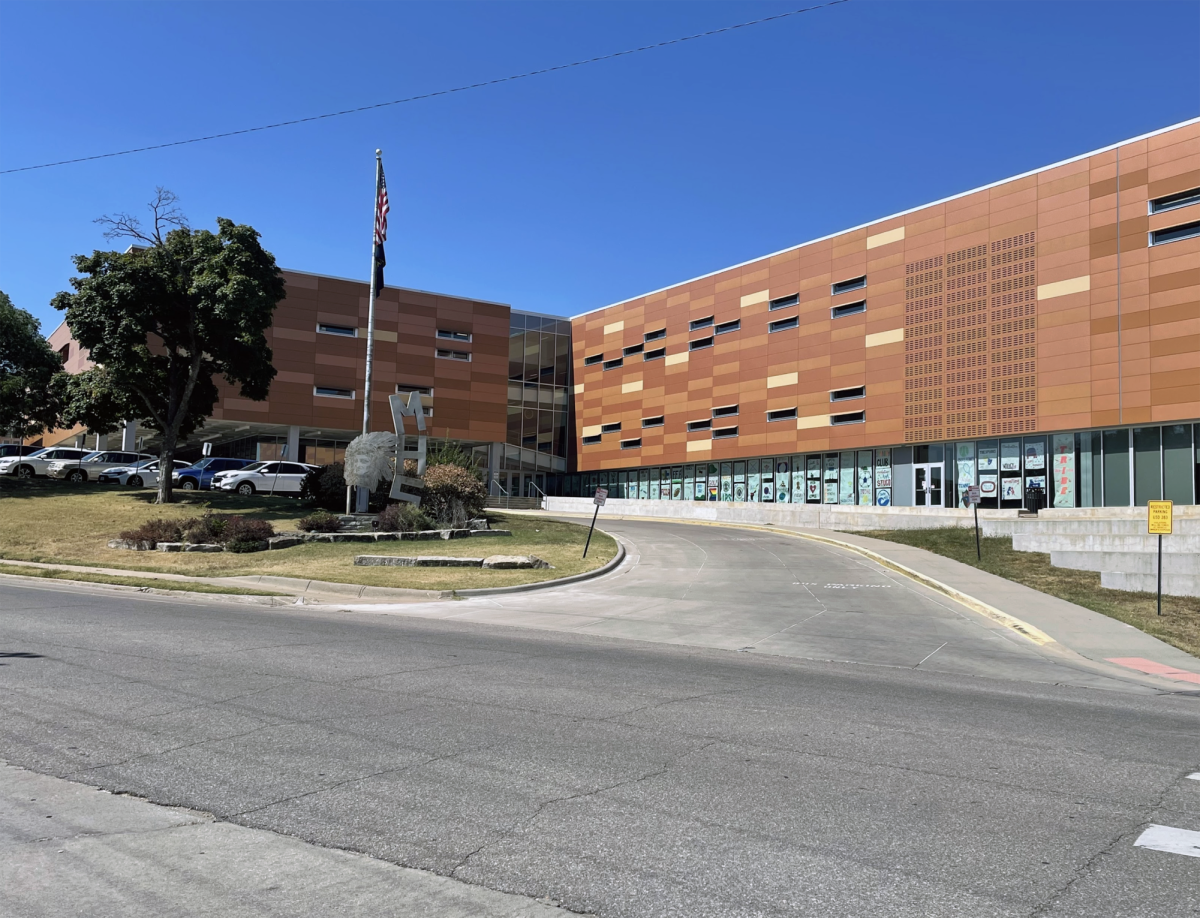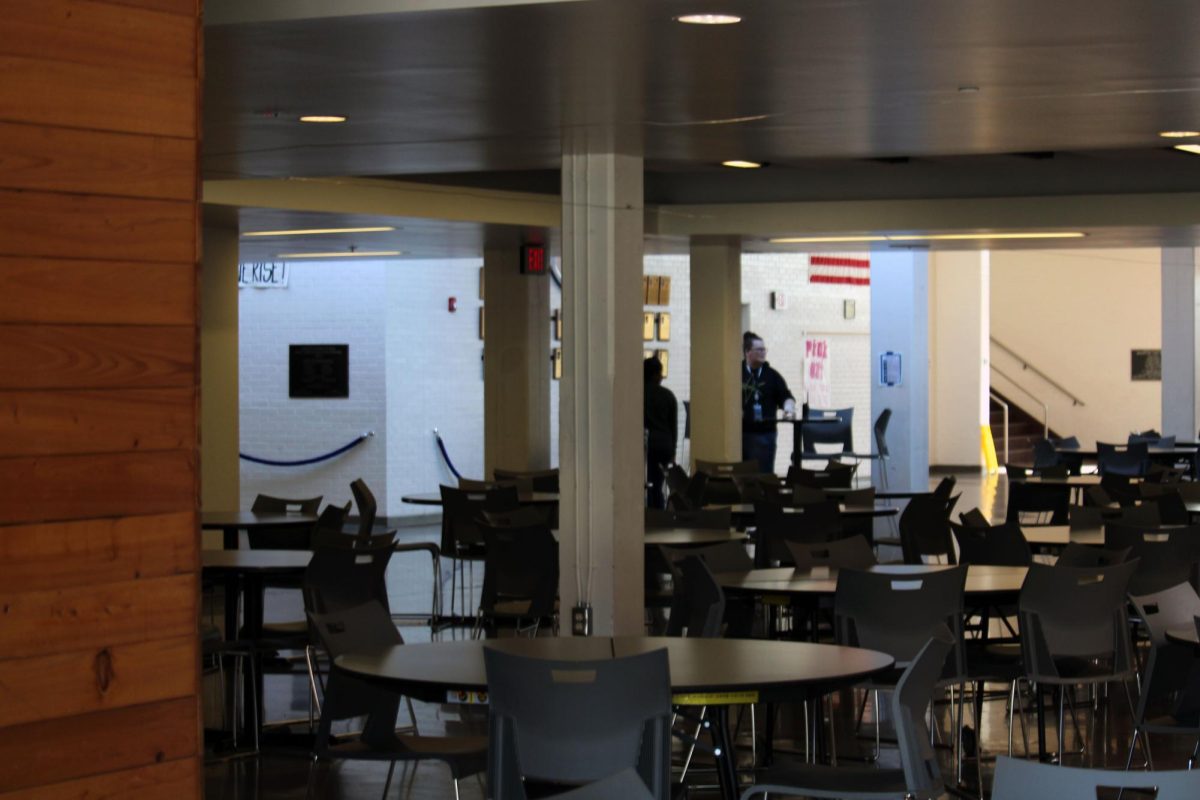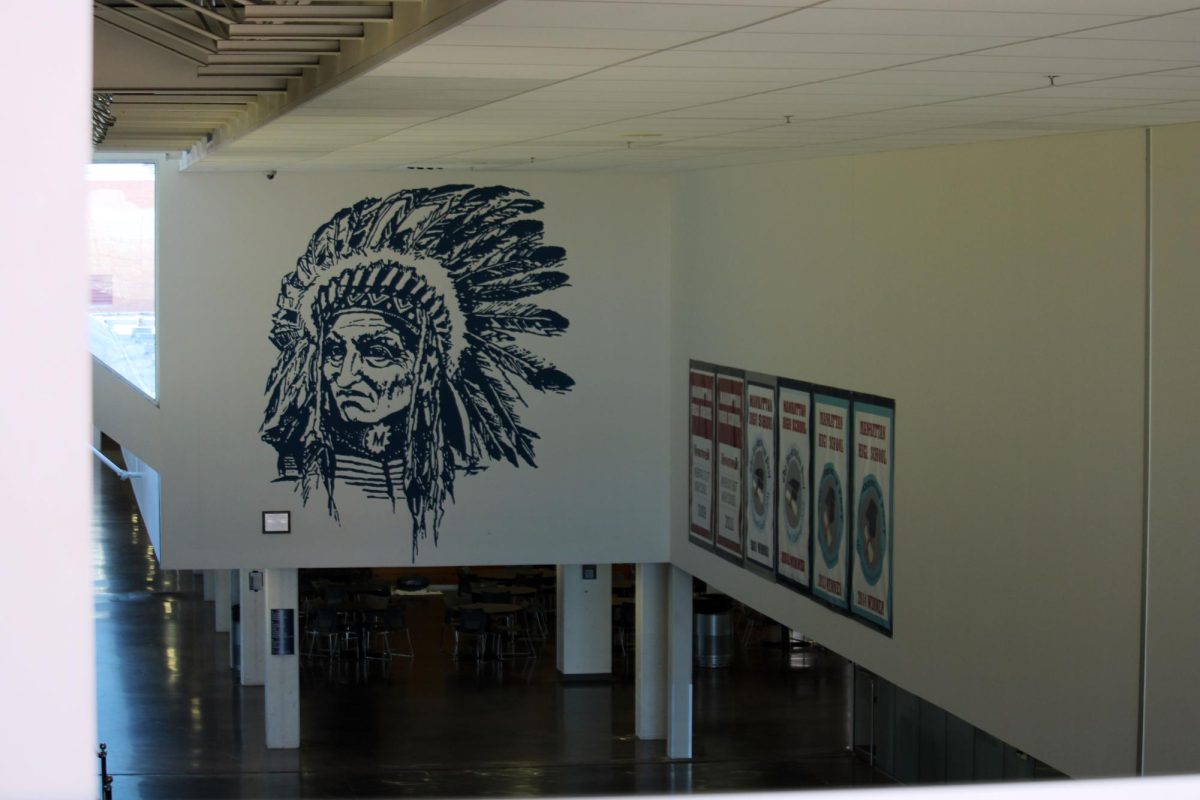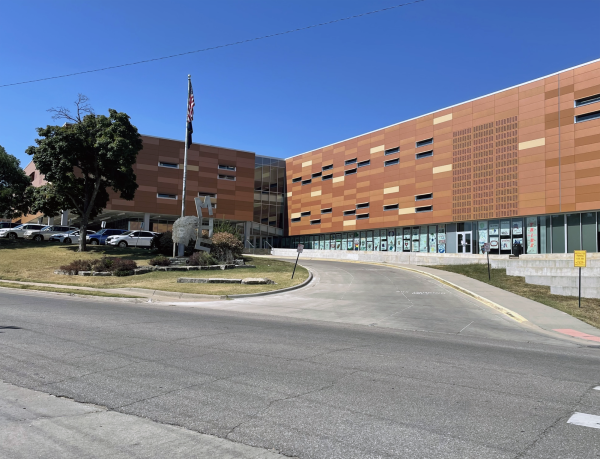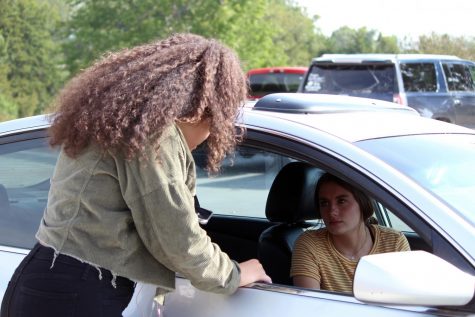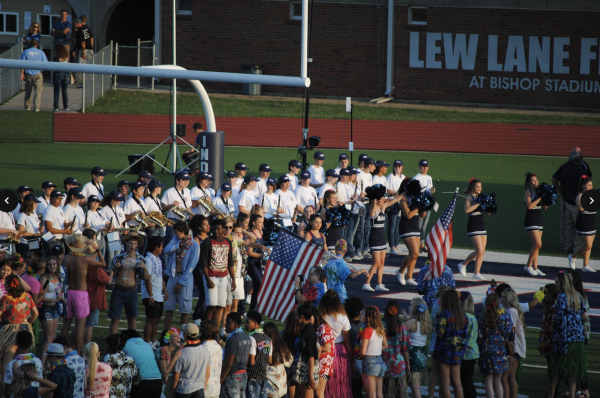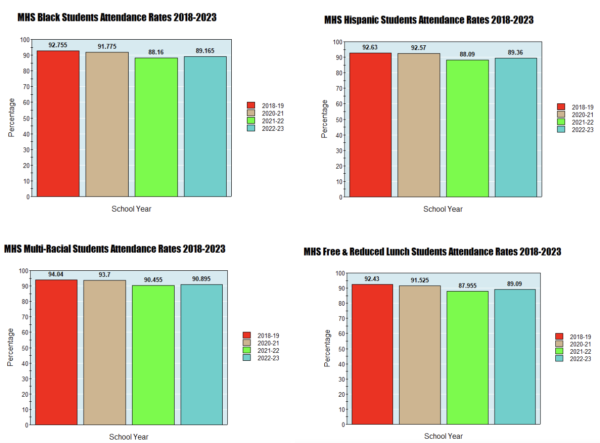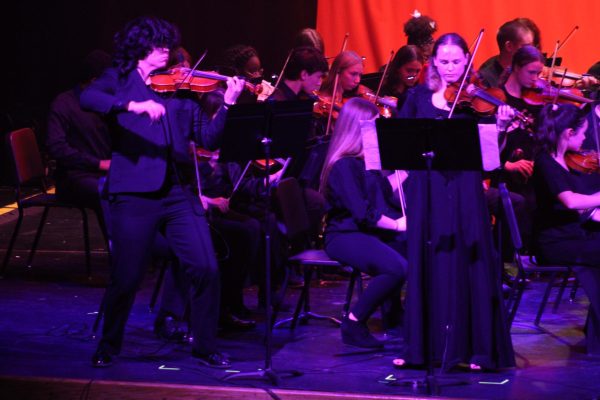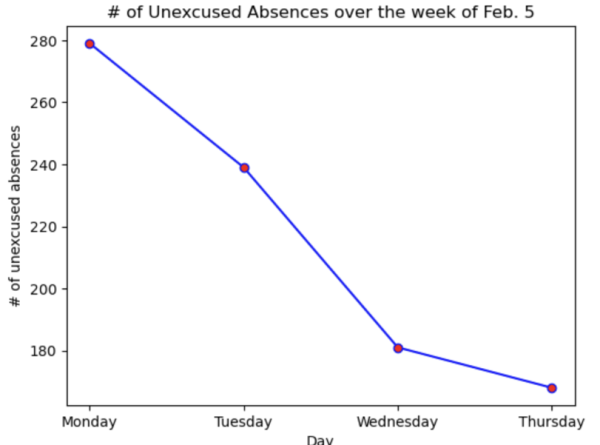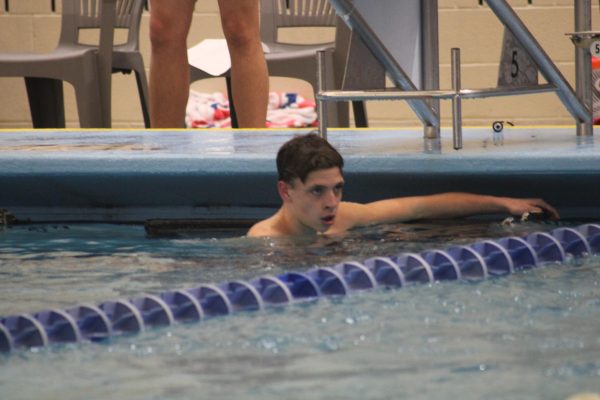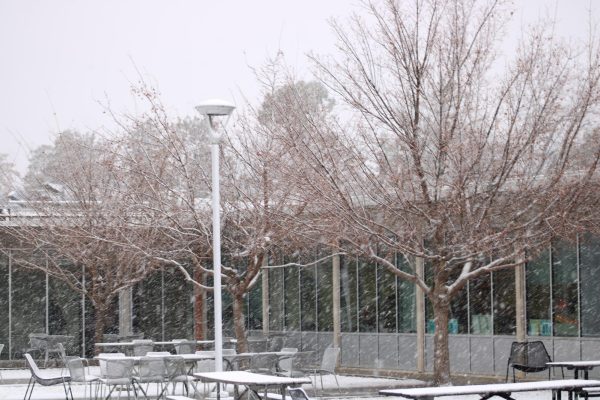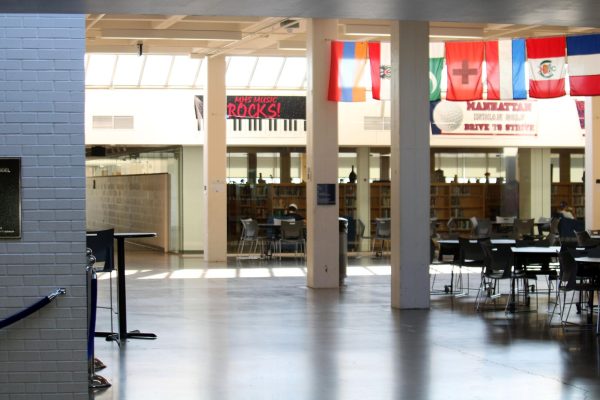The Lowdown on Advisory Period
Tribe Time and study hall sandwiched together
August 12, 2016
What, once and for all, is the new Advisory Period?
According to Principal Greg Hoyt, Advisory will be 95 minutes of community. Picture it as nests within the jungle. Escape from voiceless whispers and nameless faces. Teacher-student and student-student relationships.
Can a public high school foster a community?
It’s going to try.
“This is a large school with lots of people,” Hoyt said. “We want to make [Advisory Period] as small and intimate of an environment as we can.”
Advisory Period will be divided into two sections: Goal Setting and Move Time, or individual academic help. The Goal Setting part of Activity Period will be centered on after-high school preparedness (read: Naviance) and bully prevention. It will last 40 minutes. The following 55 minutes, Move Time, is for students to seek assistance from teachers around the building. Obviously, leaving class to meet friends in the hallway will not be allowed and students must stay within their Advisory classes to work.
Class sizes are intended to be nearly equal at about 16 or 17 students per teacher. Sophomores, juniors and seniors will be separated and will stay in the same cluster with the same teacher until graduation. Freshman will have new teachers next year, but they will remain part of the groups they were assigned in 2016.
“We tried to do our best to randomly assign students to adult advisors so that there is a mixture of students based on grade point average … so that there’s just an even balance among the students,” Hoyt said. “We’ve grouped them all together so that advisors are going to be all seniors in an Advisory; all juniors in an Advisory; all sophomores in an Advisory. In any Advisory, there’s a mix of GPA.”
Because administrators balanced groups by GPA, students cannot switch their Advisory Period teacher for another. Teachers are in the same boat: they had no input in deciding which students would be allotted to them, according to Hoyt.
Why Advisory Period?
Many teachers felt Tribe Time was too short to be effective, according to Hoyt. He also said that Tribe Time’s student-to-teacher ratio was too high. As a result, students within the class weren’t developing relationships with their teachers or with each other.
To cultivate those relationships, the administration decided to launch Advisory Period.
“Obviously we’ve got counselors who are experts in these areas, but it’s hard for counselors when they’ve got 420 students that they advise,” Hoyt said. “It’s hard to have that intimate relationship, so really I’m just helping develop and foster deep relationships student-to-student and student-to-adult advocate.”



